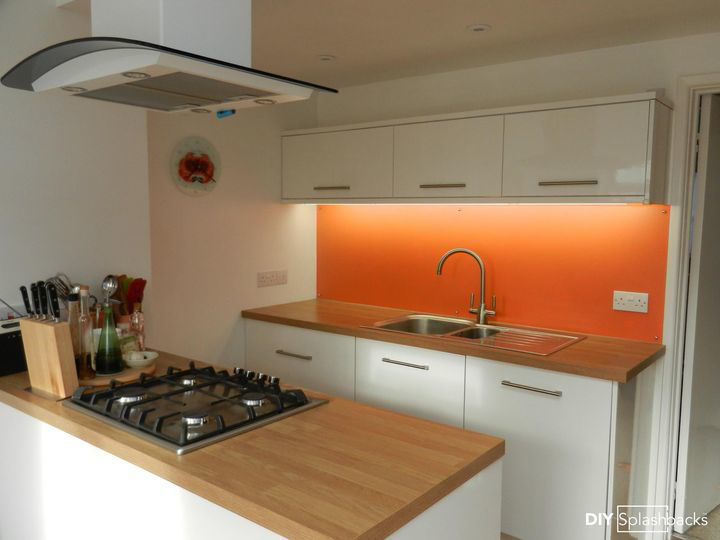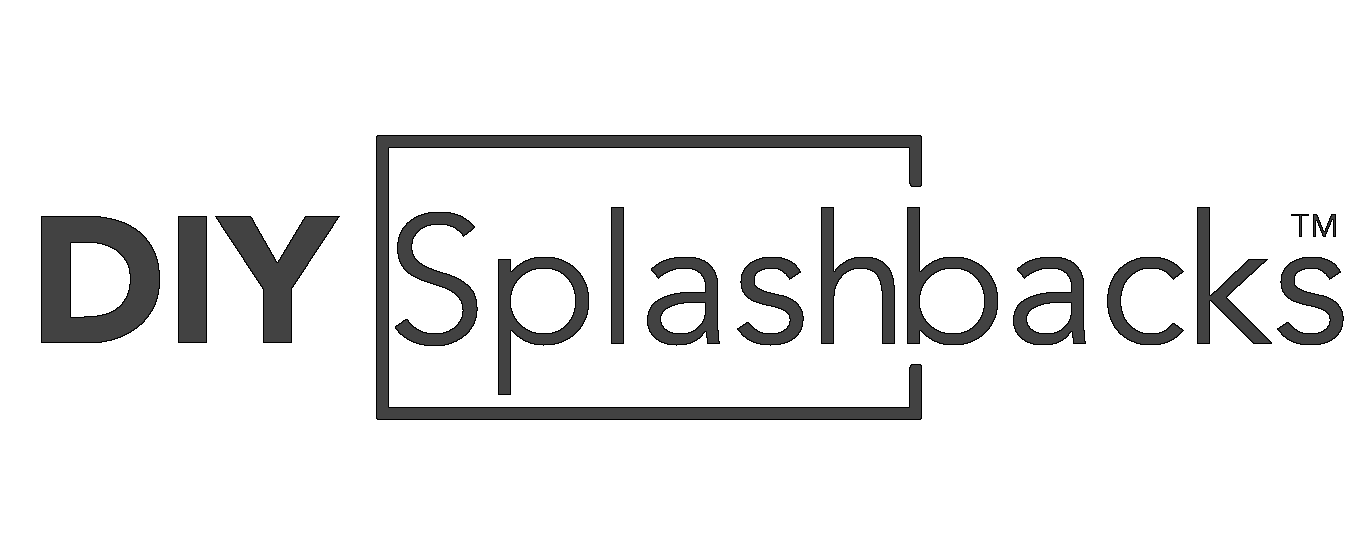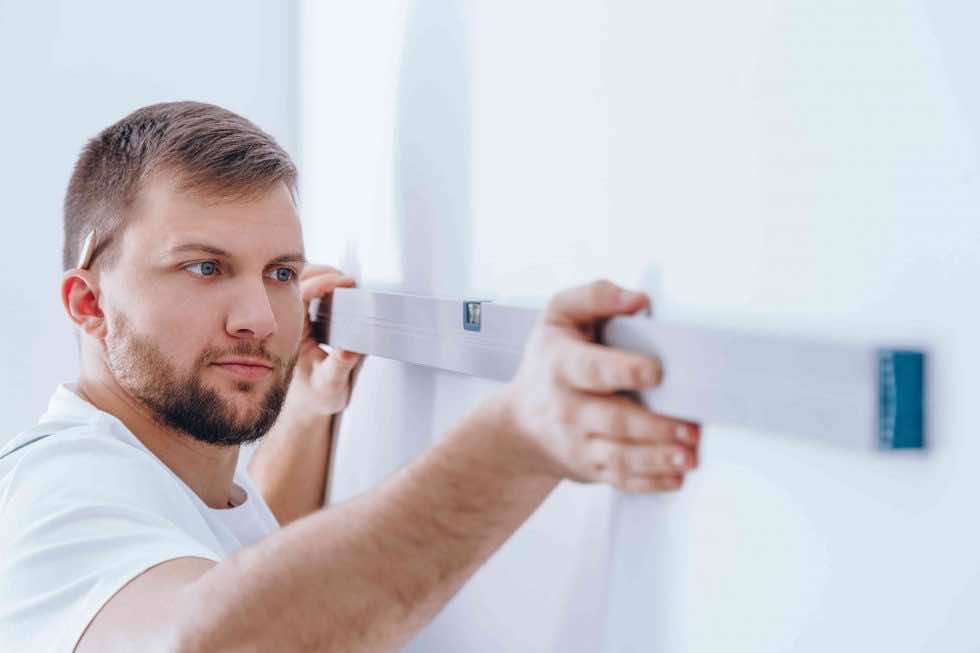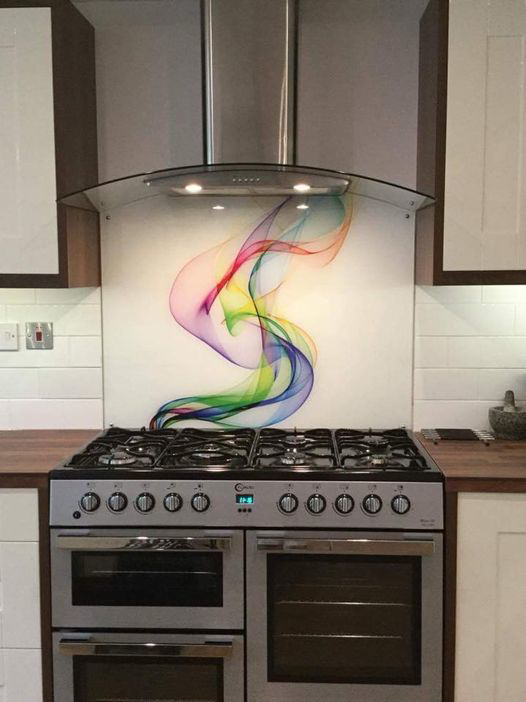What to Expect: The Splashback Installation Process

When it comes to elevating your kitchen or bathroom design, a splashback is more than a protective feature—it’s a statement of style and precision. Understanding what goes into the installation process ensures you’re prepared every step of the way. Whether you’re going for glass, acrylic, or crystal, a seamless installation guarantees a flawless finish that lasts for years.
Below is a detailed, step-by-step look at what to expect during your splashback installation journey.
1. Initial Consultation and Measurement
The first step begins with accurate measurement. Professionals or DIY enthusiasts will measure the wall area behind your cooktop, sink, or countertops to determine the exact size and shape of your splashback.
If you’re planning to do it yourself, check out DIY Splashbacks’ measurement guide for a detailed walkthrough. Precision is key here—millimeter accuracy ensures a perfect fit and prevents costly errors during installation.
2. Material Selection and Customization
Once measurements are taken, the next phase is material selection. From toughened glass to acrylic panels or mirror splashbacks, the choice depends on your aesthetic preference and budget.
Visit DIY Splashbacks to explore a range of customisable designs, colour options, and finishes that fit seamlessly with your kitchen’s theme. You can even upload your own image for a bespoke printed splashback.
3. Preparation of the Surface
Before installation begins, the wall must be prepared. The installer will:
Clean the surface thoroughly.
Remove dust, grease, or any old adhesive residue.
Check for unevenness and apply filler if necessary.
This creates a smooth foundation for the adhesive to bond perfectly with the splashback.
4. Fitting and Adhesive Application
Next comes the core of the process—the installation itself. The panel is carefully aligned and fitted using high-strength neutral-cure silicone or splashback adhesive.
For DIY projects, always follow the manufacturer’s instructions. Typically, the splashback is gently pressed into place and supported while the adhesive sets, ensuring no air bubbles form behind it.
5. Finishing Touches
Once the adhesive cures, it’s time for the finishing details:
Seal the edges with clear or colour-matched silicone to prevent moisture from seeping behind the panel.
Polish the surface to achieve a sleek, reflective shine.
Inspect the fit to confirm everything is level and aligned.
These final touches create that polished, showroom-quality look that defines professional craftsmanship.
6. Clean-Up and Aftercare
After installation, the area will be cleaned to remove any excess sealant or fingerprints. It’s best to let the splashback set for at least 24 hours before exposing it to heat or moisture.
To maintain its look, simply wipe it down with a soft cloth and mild detergent—no abrasive cleaners needed.
Final Thoughts
Installing a splashback doesn’t just protect your walls—it transforms your space. Whether you opt for a bold colour, a subtle neutral tone, or a high-gloss mirror finish, the process is straightforward when done correctly.
For more inspiration, explore DIY Splashbacks’ full range of options, from modern kitchen glass splashbacks to custom printed designs that turn your wall into a statement piece.


